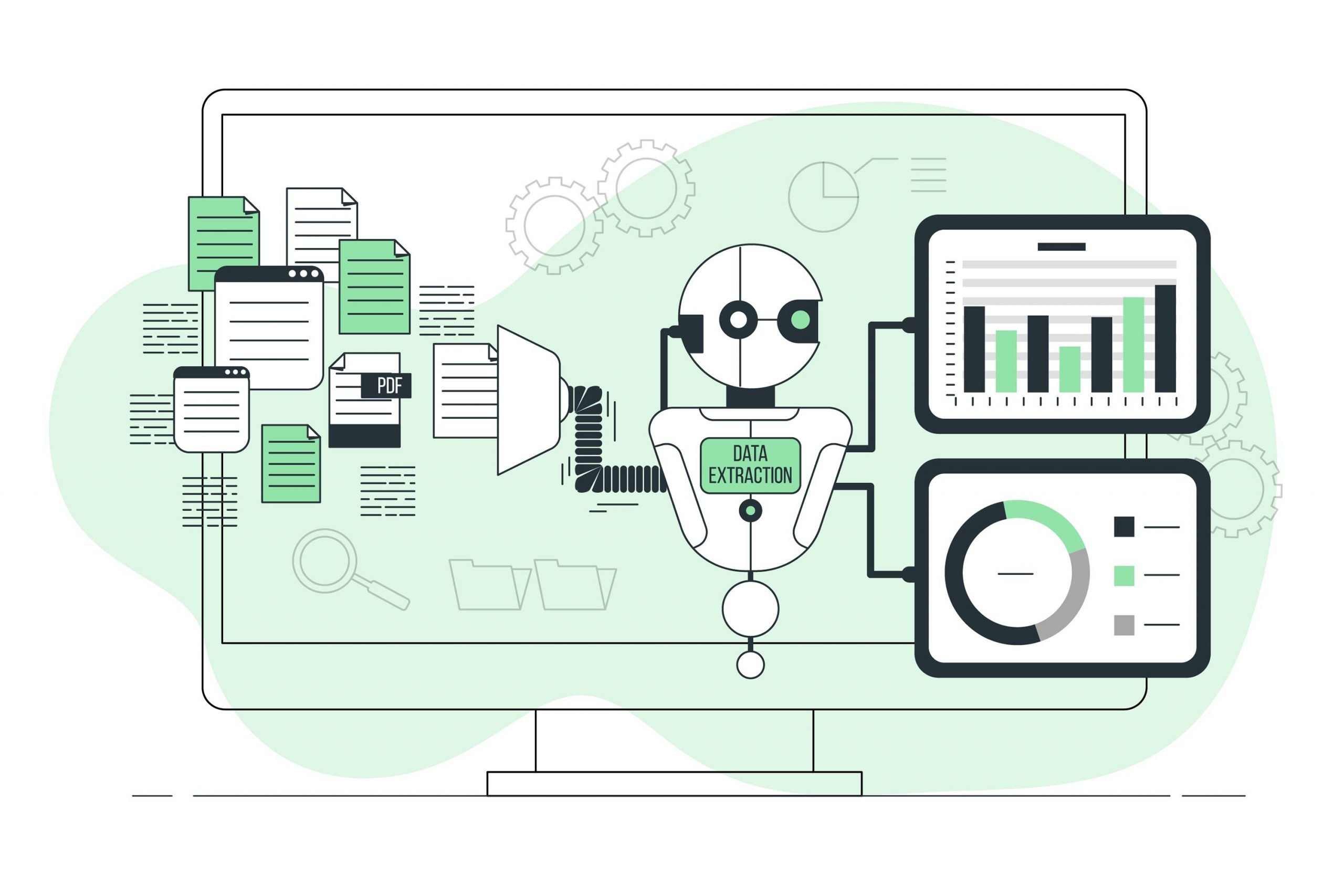If you have ever been the person responsible for posting payroll data into NetSuite manually, line by line, day after day, you already know it is not just about getting numbers in the system. It is about cleaning up messy spreadsheets and checking column mismatches. It is all about balancing debits and credits, uploading templates that break without explanation, and praying that nothing crashes mid-upload. And that is if everything goes according to plan. If even one small format change in the payroll file or one new element gets added without warning, then the whole thing starts falling apart fast. That is exactly the kind of problem that the Streams Payroll JE Accelerator is built to solve.
This accelerator is not some generic file-processing tool. It is a complete flat file (CSV) to NetSuite Journal Entry automation system, purpose-built for payroll data. It pulls raw payroll data from an SFTP location, processes it using logic that makes sense to finance teams, and posts it into NetSuite automatically as balanced, accurate Journal Entries using the Boomi Integration module as its backbone.
The Accelerator is not just saving time, instead, it is replacing fragile, error-prone steps with something that is structured, monitored, and clean. Let us learn more about Streams Payroll JE Accelerator here:
Why Payroll Journal Posting Is Painful Without Automation?
Posting payroll data manually is one of those tasks that sounds simple until you actually do it. On paper, it is just converting rows from a CSV file into a JE format and getting it into NetSuite. But in practice, it involves downloading raw payroll output from HR or payroll systems and checking every record to ensure totals match. It includes removing blank rows or unwanted headers and mapping the right account codes. Further requires validating amounts, balancing debits and credits, and then uploading through NetSuite’s UI or templates. It is slow, fragile, and is always waiting to break when one field gets added or removed from the source file.
If you are dealing with multiple payroll cycles, weekly for hourly workers and monthly for salaried staff, this gets worse. Add in different departments, locations, or cost centers and suddenly you are managing dozens of files and Journal Entries every pay cycle. Now multiply that by every time payroll is processed.
What Exactly Is the Streams Payroll JE Accelerator?
The Streams Payroll JE Accelerator is a flat file-based automation solution designed specifically to solve this workflow. It is built to take CSV-based payroll files sitting on an SFTP server, run them through logic defined by your accounting rules, and push them into NetSuite as properly formatted Journal Entries using Boomi integration flows.
This is not a script, as this is a full workflow automation with file handling, validation, mapping, transformation, error detection, logging, and NetSuite JE creation. All done without any manual data entry or formatting. You drop a file on SFTP, and the system takes care of the rest.
Core Features of Streams Payroll JE Accelerator
Here are some reliable features of Streams Payroll JE Accelerator:
1. Seamless CSV File Handling from SFTP
Most companies receive their payroll files from outsourced payroll vendors, HR systems, or internal teams via secure file transfer. Streams Payroll JE Accelerator connects directly to your SFTP server and looks for new payroll files. It picks them up and starts processing them without you needing to even touch the file. This means:
- No downloads
- No file renaming
- No import templates.
2. Accurate Account Mapping
Every payroll line, be it salary, bonus, tax, or employer contribution, has to be posted to the correct NetSuite account. The accelerator handles this using your rules. Whether you map by department, location, payroll element, or employee type, the logic is configured once and applied consistently every cycle. This proficiency translates into no more copy-pasting account numbers into spreadsheets.
3. Balanced Journal Entries Every Time
Every JE that gets posted into NetSuite through this accelerator is pre-validated for balancing. Debits and credits match, totals are clean, and if something is off, the system catches it before posting. Thus, there is no more dealing with unbalanced journal uploads or guessing why NetSuite threw an error.
4. Automated Posting to NetSuite
The accelerator connects directly to NetSuite using Boomi’s certified NetSuite connectors. It creates Journal Entries in the format NetSuite expects, with proper subsidiary tagging, posting period, memo fields, and approval flags. You decide whether JEs get auto-approved or saved as drafts for review. This means:
- No more login
- No more uploads
- No more clicks, just approve, and repeat.
5. Real-Time Monitoring and Alerts
You get visibility into every batch as you can see which file was picked up, what the processing status is, and whether NetSuite accepted the JE. Also, if any records fail, you get notified through alerts or emails so nothing slips through without being seen. Ultimately, there is no more radio silence between payroll and finance teams.
Step-by-Step Working of Streams Payroll JE Accelerator
Let us say your payroll file gets generated every Friday afternoon as a CSV. Here is what happens:
- The file is placed on your company’s SFTP server, either automatically by your payroll system or manually by HR.
- The accelerator checks the SFTP folder on a defined schedule, picks up new files, and starts processing.
- It reads the CSV row by row, parses the data, and maps each line item to the correct GL account, department, class, or location in NetSuite based on your rules.
- It generates a full Journal Entry or multiple JEs if needed, balancing them properly.
- The JE gets created in NetSuite via Boomi. Depending on your config, it gets saved in review mode or posted live.
- You get a confirmation message with details of what was processed. If anything fails, it comes with clear messages showing why.
Use Cases Where Streams Payroll JE Accelerator Really Shines
Here are situations where this accelerator proves genuinely valuable for everyday finance and payroll operations:
- You are a finance team tired of getting raw payroll files every month and spending hours formatting them for NetSuite uploads.
- You are running payroll from a third-party system and want to post the results into NetSuite automatically without touching the data.
- You are dealing with multiple entities or subsidiaries and want to avoid maintaining dozens of NetSuite templates.
- You need a way to validate and track all payroll JEs without logging into NetSuite and manually reviewing every record.
Streams Payroll JE Accelerator: Built on Boomi for Scalability and Security
The integration backbone for this accelerator is Boomi. That means it is scalable, cloud-ready, and secure. Boomi handles the orchestration between the SFTP file location, data mapping logic, transformation steps, and NetSuite API communication. This also means that if your data volume grows or if your file formats evolve slightly over time, the logic is flexible enough to adapt without rebuilding the whole thing.
And because this is Boomi-based, you get:
- Secure, token-based access to NetSuite
- Centralized logging
- Controlled error retries
- Environment-specific deployment using test and production flows
Streams Payroll JE Accelerator: Fully Supported and Vendor-Managed
This accelerator is fully supported by the verified Streams partner or vendor. So if anything breaks, if your payroll file format changes, or if NetSuite updates its API requirements, you are not left alone. You have a support team that understands the product, the use case, and how to troubleshoot or enhance it as needed.
Whether it is setting up a new payroll source, mapping new cost centers, or adjusting posting rules for new subsidiaries, your vendor can help. There is no need to hire expensive integration consultants or developers to maintain the flow.
What Kind of Implementation Timeline Should You Expect?
Most companies get this up and running in 2 to 4 weeks, depending on file complexity and the number of NetSuite entities.
Typical implementation steps include:
- Reviewing the source file layout and payroll elements
- Defining the mapping rules and the chart of account segments
- Setting up access to SFTP and NetSuite
- Configuring the Boomi flows and testing with real data
- Final UAT and deployment to production
Because it is prebuilt, the configuration effort is light. And because it is supported, any changes down the road are manageable.
Summary of Benefits
| Feature | Manual Payroll JE | Streams Payroll JE Accelerator |
| File Handling | Manual downloads | Automated from SFTP |
| Data Mapping | Spreadsheet formulas | Predefined rules |
| NetSuite Posting | Manual JE creation | Automated via Boomi |
| Error Checking | After upload | Before posting |
| Time Required | 6–12 hours per cycle | Less than 1 hour |
| Monitoring | Manual tracking | Real-time dashboards |
Final Thoughts: Should You Use It?
If you are still processing payroll data manually for NetSuite, if your finance team dreads the payroll-to-GL workflow, or if your accounting close is delayed because of journal creation delays, then yes. This tool is going to help a lot.
The Streams Payroll JE Accelerator does not try to change your payroll system or replace your NetSuite setup. It just connects the two in a smarter, faster, and more controlled way.
Once it is in place, your payroll data moves directly into the GL without bottlenecks, without formatting headaches, and without last-minute upload errors. You will get clean journals, faster close, and fewer audit questions. And your team can spend more time reviewing insights rather than formatting rows.





